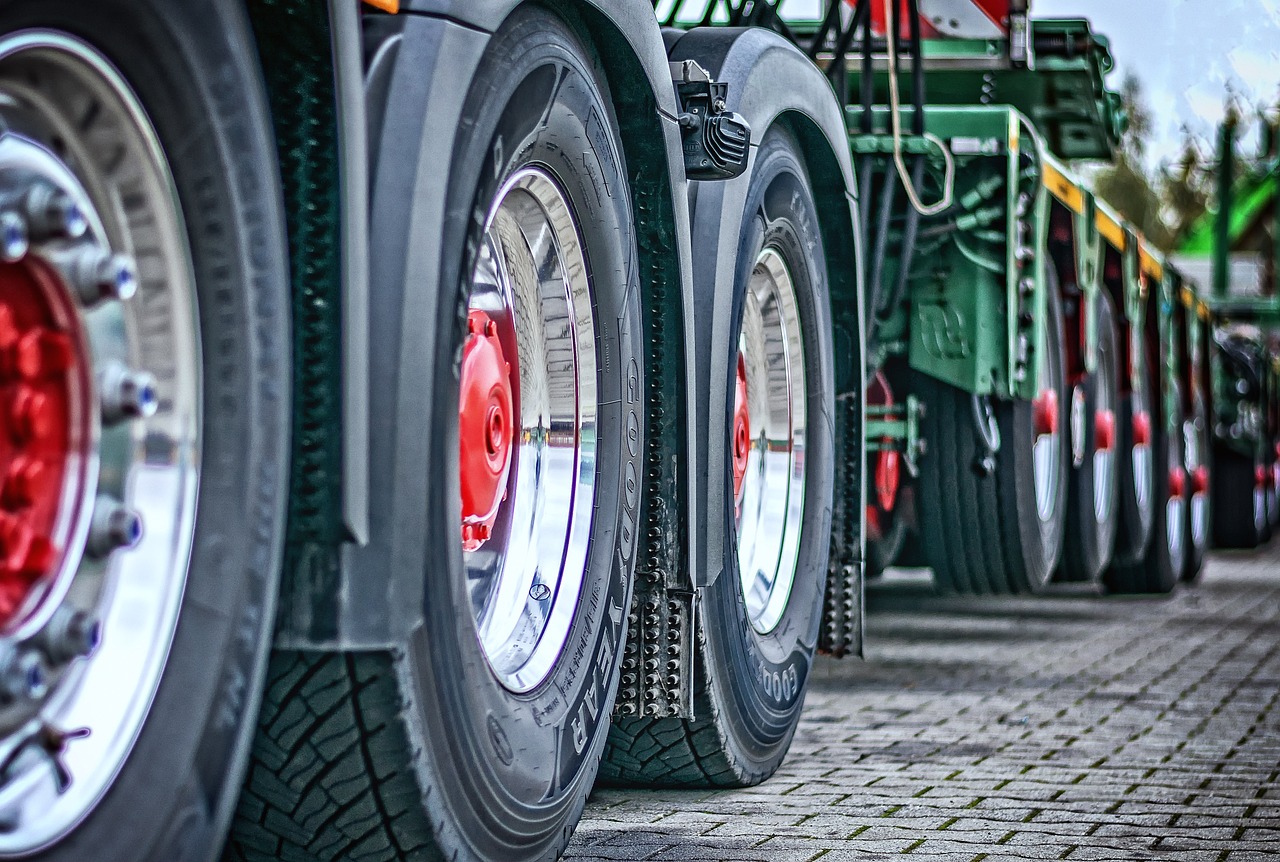News
Tire labeling System has Promising Prospects for Promoting Energy Conservation
International Energy Network News: The EU "green tire" mandatory labeling bill is implemented in two stages. Most of China's semi-steel tires can meet the EU's first-stage standards, while 30% of all-steel tires cannot meet it; in addition, most of China's semi-steel tires Steel tires do not meet the EU's second stage standards, and 70% of all-steel tires do not meet the second stage standards. Internationally, in addition to the European Union, the United States, Japan, South Korea, etc. also basically adopt a voluntary and then mandatory labeling system. It is reported that my country's "green tire label" labeling bill will also refer to the EU labeling bill system.In February 2012, the Department of Raw Materials of the Ministry of Industry and Information Technology commissioned the China Rubber Industry Association to formulate my country's self-regulatory standards for "green tires" and non-mandatory classification methods for tire labels. Relevant standards and regulations will be promulgated before the end of 2013, and the promotion of "green tires" will be accelerated. "Industry self-discipline standards have been upgraded to industry standards and national standards, adopting voluntary and then mandatory steps. It is expected that the "green tire" mandatory classification labeling bill will be implemented by 2017. Among them, in the non-mandatory classification stage, we will strive to achieve 50% of tire companies with the production capacity of "green tires" by 2015.
The formulation of domestic "green tire" standards starts from four aspects: green tire product indicators, green tire environmental protection raw material standards, green tire production technology, and green tire resource, energy and environmental protection indicators. Among them, the first two indicators are more critical. The formulation of the standard basically refers to the EU classification of tires C1/C2/C3. The test methods and limit standards are set from the three aspects of rolling resistance, wet grip and noise. Especially the rolling resistance will be fully adopted. EU standards, slippery grip and noise may be slightly different depending on China's national conditions.
Tire labels are another major labeling system implemented to promote energy conservation and emission reduction after energy-saving labels for home appliances. It will encourage relevant government departments to adopt subsidy policies similar to those for home appliances and energy-saving vehicles, and provide graded subsidies according to different energy efficiency levels.
Among related listed companies, Qixiang Tengda has a production capacity of 150,000 tons of rare earth butadiene rubber; in the field of high-dispersed silica, Ssangyong Co., Ltd. has a production history of more than 50 years of high-dispersed silica and has a production capacity of 66,000 tons, and Lonstar Chemical In the first phase, 35,000 tons of high-dispersed silica are under construction, and Black Cat Co., Ltd. plans to build 60,000 tons of silica; in the field of silane coupling agents, Sibao Technology is building a 2,000-ton Si-69 project.
The application of highly dispersed silica in "green tires" in China is still in its infancy, and China has more than 2 million tons of carbon black used in the tire field every year. Under the general trend of "green tires", replacing 50% of carbon black with highly dispersed silica will generate a demand for more than 1 million tons of highly dispersed silica. The market prospects are very promising and deserve medium and long-term attention.

RELATED NEWS
- Global Solar Council Established in Paris, France
- Employee Birthday Party & BANDON 2023 Foshan 50km Hiking Team Building Activitie
- Conditional to Contribute to Energy Development in Southern Africa
- The United Nations Summarizes Major Issues in Global Water Resources Development
- Ethiopia, India Wind Power Project Cooperation Fails
